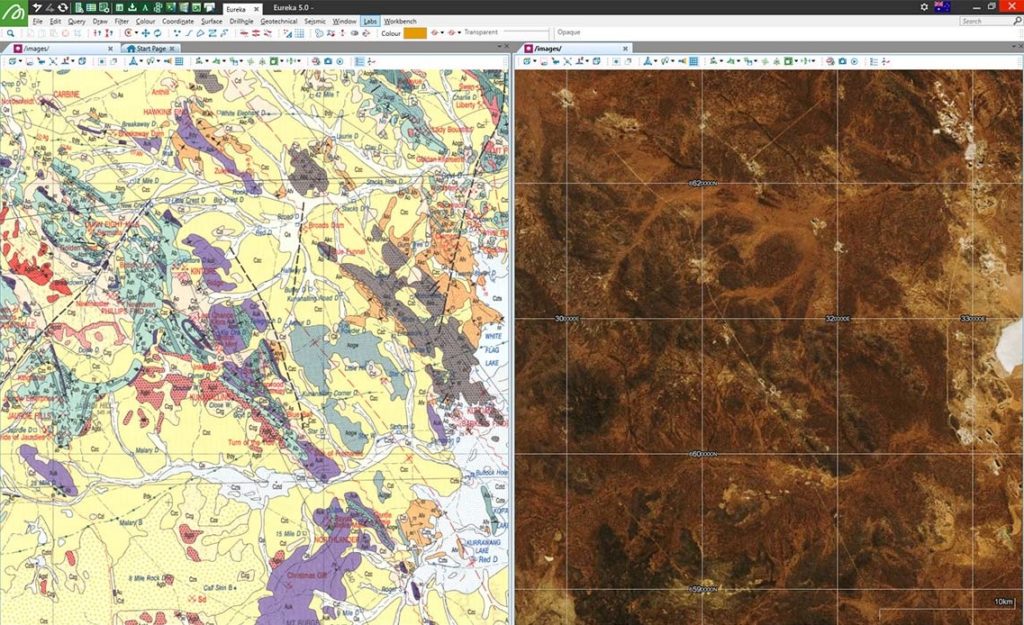Mining software, hardware and services provider Maptek says updates to its Eureka 5 and Workbench platforms will deliver enhanced modelling, correlation and mapping tools for users.
Maptek Vulcan and Eureka users have been operating on the Maptek Workbench for just over a year.
This has seen tool bars, menus, command lists and shortcut keys created to suit work patterns, while providing universal access to text and spreadsheet editors. The database and scripting tools make working with exploration and project data a “better overall software experience”, according to the company.
Maptek said sharing the Workbench environment with Vulcan, and other applications coming in 2018-19, opens up integrated drill hole modelling and visualisation, tied and tiled views and cross-product workflows.
This sees drill hole data changed in one application shared and reflected in other applications.
The function-based approach to implicit modelling Maptek has taken means Eureka allows a wide range of input data types including triangulations, attributed points, direct drill hole intercepts and line-based ribbons.
“Multiple orientation ellipses can be used simultaneously to control models in structurally complex situations for enhanced orebody interpretation. This is ideal for elongate and variably sampled modelling, as well as modelling veins as hanging walls and footwalls,” Maptek said.
A different methodology is tailored to modelling thin, steeply dipping vein-type deposits, whereby the hanging and footwall models are created as “Radial Basis” function surfaces rather than solids.
With Eureka 5, users can create implicit surfaces from categorical attributes on point data, for example, modelling rock codes. Multiple rock code attributes can then be modelled as a single surface.
“Selecting values to model string attributes on drill holes or attributed points is simply done via displayed attribute legends. Colouring is automatically carried across to matching surfaces,” Maptek said. A multi-threading option further improves performance.
Meanwhile, a single streamlined option allows users to create dynamic global or local maps using the Mapbox service, including automatic selection of appropriate coordinate systems and zooming in on selected objects.
Automatic seam labelling from downhole data makes it easier to assign seam names to coal units, while a slider bar controls the number of seams generated. The tool now works on selected edges of the drill hole to allow label refinement.
“Eureka allows spatially located data to be put into context to better understand the inter-connecting relationships between disparate information. The latest tools enhance viewing and correlation of the data as well as in-depth analysis of areas of interest,” Maptek said.











